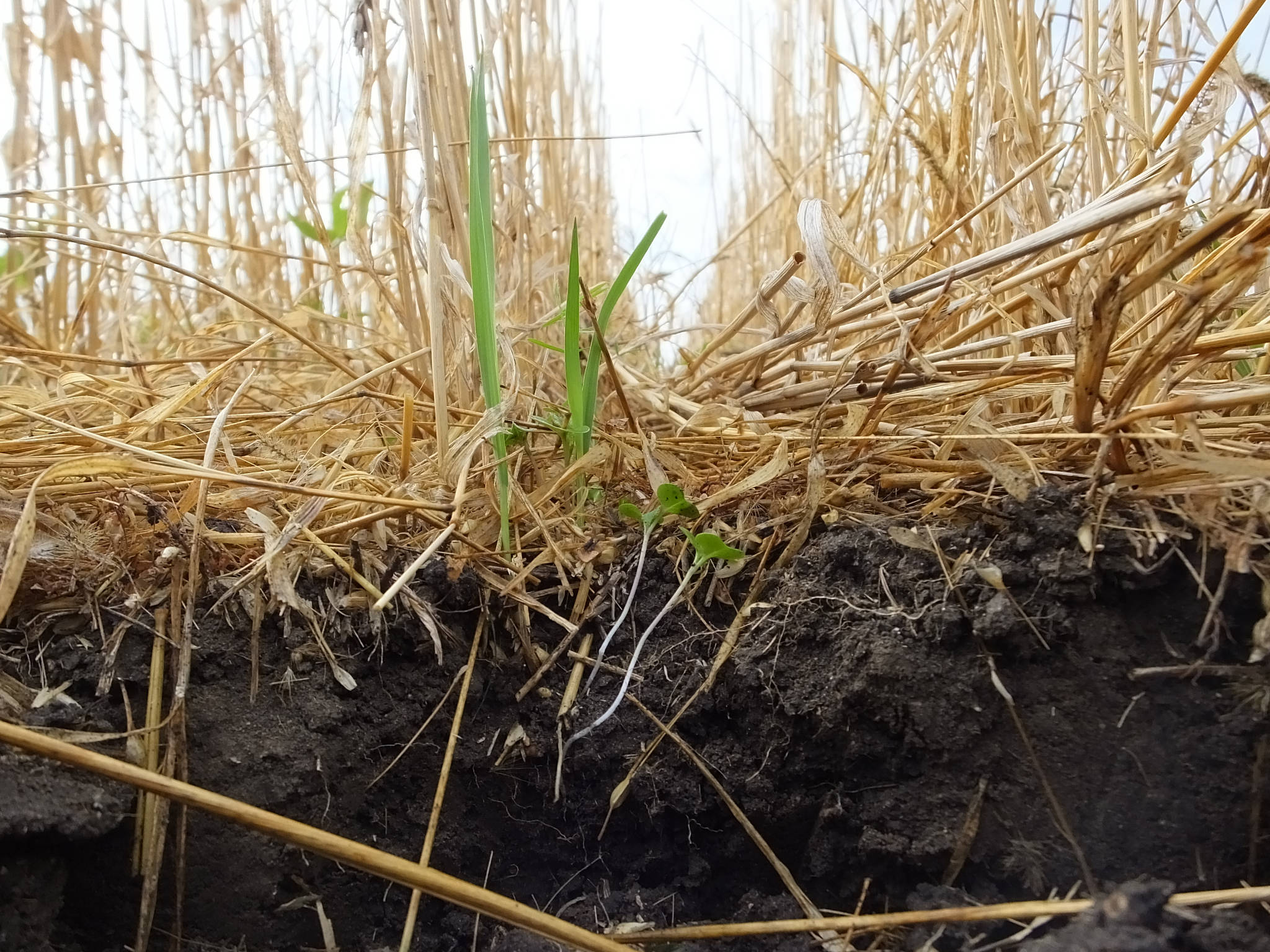Cover Crops: Long-term Benefit
Author: Reed Fujii
LOCKEFORD — Farmers and ranchers primarily focus on growing plants that produce food or fiber — something of value they can sell and get cash to pay their bills for seed, farm labor, fuel and fertilizer and, hopefully, keep something for themselves.
But researchers at the Lockeford Plant Materials Center are encouraging growers to think differently — to cultivate cover crops, noncommercial plants that can improve the soil and more.
“They have so many benefits,” said Margaret Smither-Kopperl, manager of the U.S. Department of Agriculture research facility. “What we’re trying to do here is useful for all of us.”
Cover crops can help break up soil, improving water infiltration. and add organic material, which boosts the soil’s ability to retain water. They also can inhibit weed growth, provide nutrients for commercial crops and sustain beneficial insects.
During a field day attended by about two dozen farmers at the center last week, Smither-Kopperl acknowledged that water use by cover crops is a concern, especially with California entering a fourth year of drought.
But by helping soil retain moisture, she said, “They can actually store water in the soil.”
Cover crops are no panacea, the experts said. Plants or seed mixtures commonly used in other parts of the country may falter or fail in California’s Mediterranean climate, with its variable amounts of winter-months rain.

